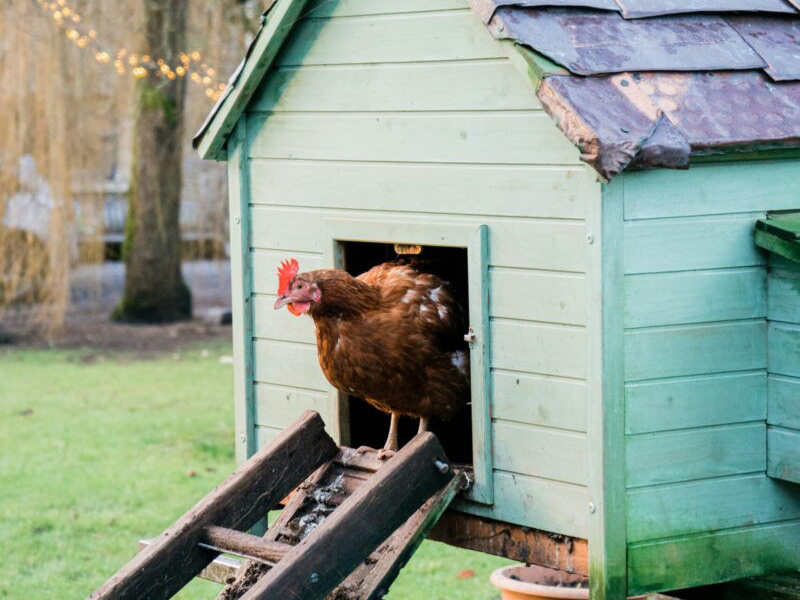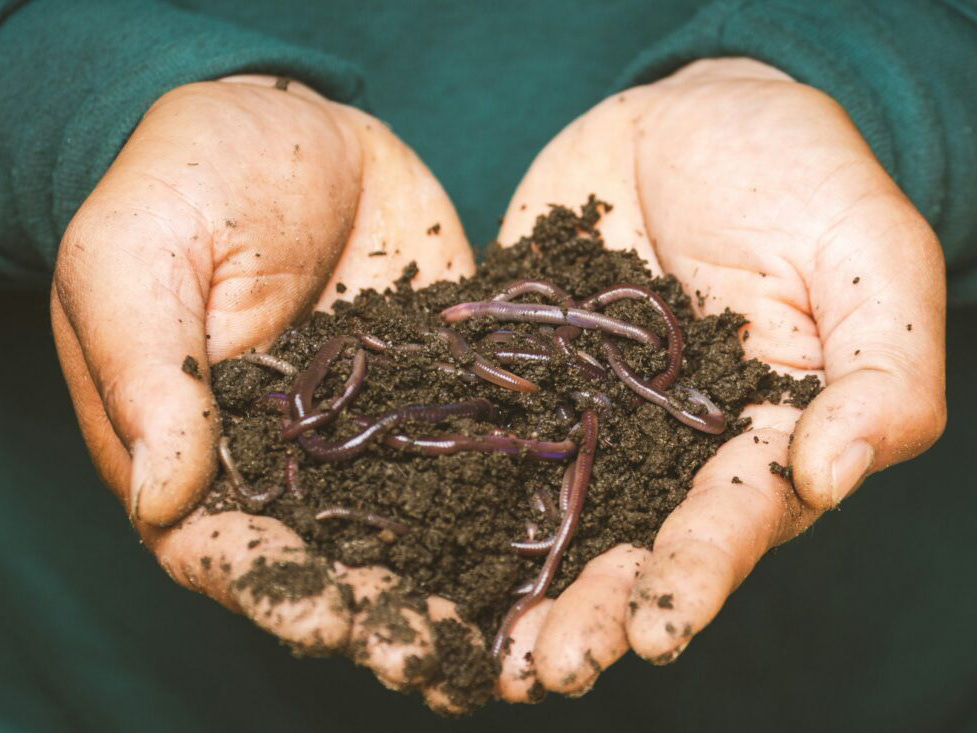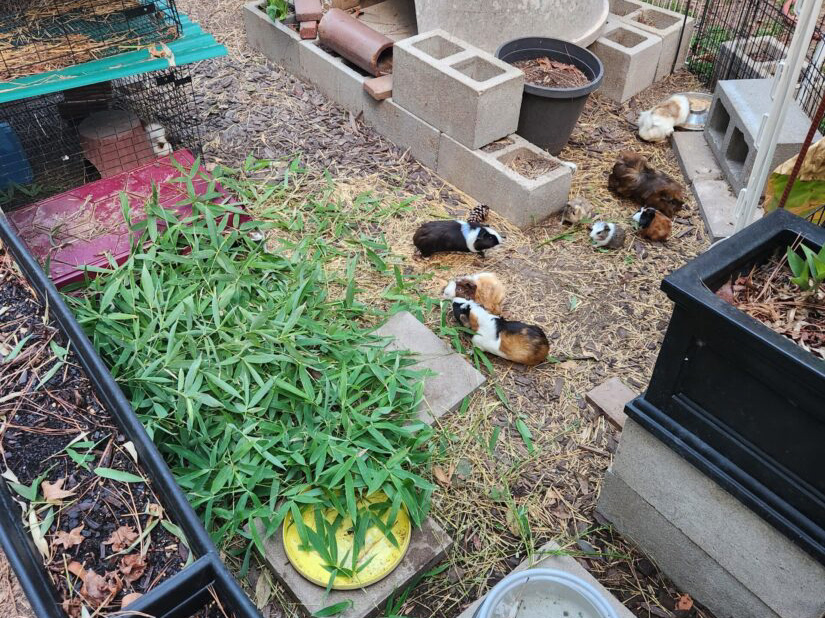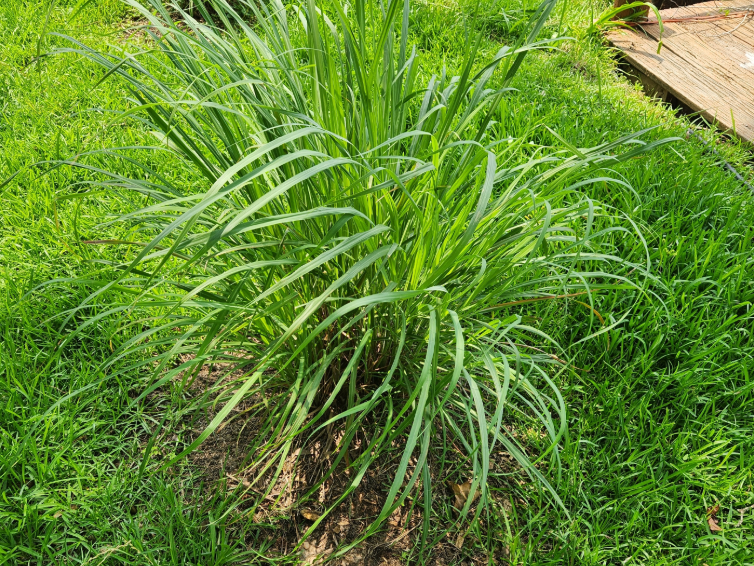Drought tolerant gardens are a testament to nature’s ability to adapt and thrive in challenging conditions, offering a sustainable and visually striking alternative for regions with limited water resources. These gardens are crafted with careful consideration of plant selections, water-efficient practices, and innovative design principles, showcasing resilience and beauty even in the face of water scarcity.
1. Plant Selection:
The foundation of a drought-tolerant garden lies in the careful curation of plants adapted to arid conditions. Succulents, such as agaves and sedums, are often stars of the show, displaying fleshy leaves that store water. Ornamental grasses, lavender, and Mediterranean herbs are additional favorites, bringing texture, color, and fragrance to the landscape. Native plants, naturally acclimated to the local climate, play a vital role in drought-tolerant gardens, contributing to the overall resilience of the ecosystem.
2. Water-Efficient Design:
Drought-tolerant gardens are thoughtfully designed to maximize water efficiency. Grouping plants with similar water needs and utilizing efficient irrigation systems, such as drip irrigation or soaker hoses, minimize water wastage. Strategic placement of hardscape elements, such as gravel pathways and rocks, helps reduce evaporation and creates a visually appealing contrast, contributing to the overall aesthetic of the garden.
3. Mulching and Soil Enhancement:
Mulching is a key practice in drought-tolerant gardens, serving multiple purposes. Mulch helps retain soil moisture, suppresses weeds, and regulates soil temperature. In addition, well-draining and amended soil with organic matter enhances water absorption and supports plant roots, contributing to the overall health and vitality of the garden.
4. Water-Conserving Practices:
Drought-tolerant gardens promote water conservation through various practices. Rainwater harvesting systems capture and store rainwater for later use, reducing reliance on traditional water sources. Graywater systems allow for the reuse of household water, further minimizing the demand on fresh water supplies. These water-wise approaches align with the principles of sustainable gardening, emphasizing the importance of minimizing environmental impact.
5. Low-Maintenance Elegance:
Beyond their water-saving qualities, drought-tolerant gardens are celebrated for their low maintenance attributes. Once established, these landscapes require minimal watering, pruning, and fertilization, making them an ideal choice for busy homeowners and those seeking a garden that can thrive with limited intervention. The reduced need for ongoing care aligns with the principles of sustainability and resource conservation.
6. Eco-Friendly Impact:
Drought tolerant gardens extend their positive impact beyond the immediate surroundings. By reducing the demand for water and minimizing the use of chemical inputs, these gardens contribute to environmental conservation. The emphasis on native and adapted plant species also supports local biodiversity, creating a balanced ecosystem that is both resilient and vibrant.
Summary
In essence, drought-tolerant gardens epitomize the marriage of beauty and resource-consciousness. Through a thoughtful selection of plants, water-efficient design, and sustainable practices, these gardens demonstrate the potential to create lush and inviting landscapes even in regions facing water challenges. Drought-tolerant gardening becomes a reflection of the resilience and adaptability inherent in nature, inspiring sustainable practices that endure even in the harshest conditions.
Follow along on Facebook!







